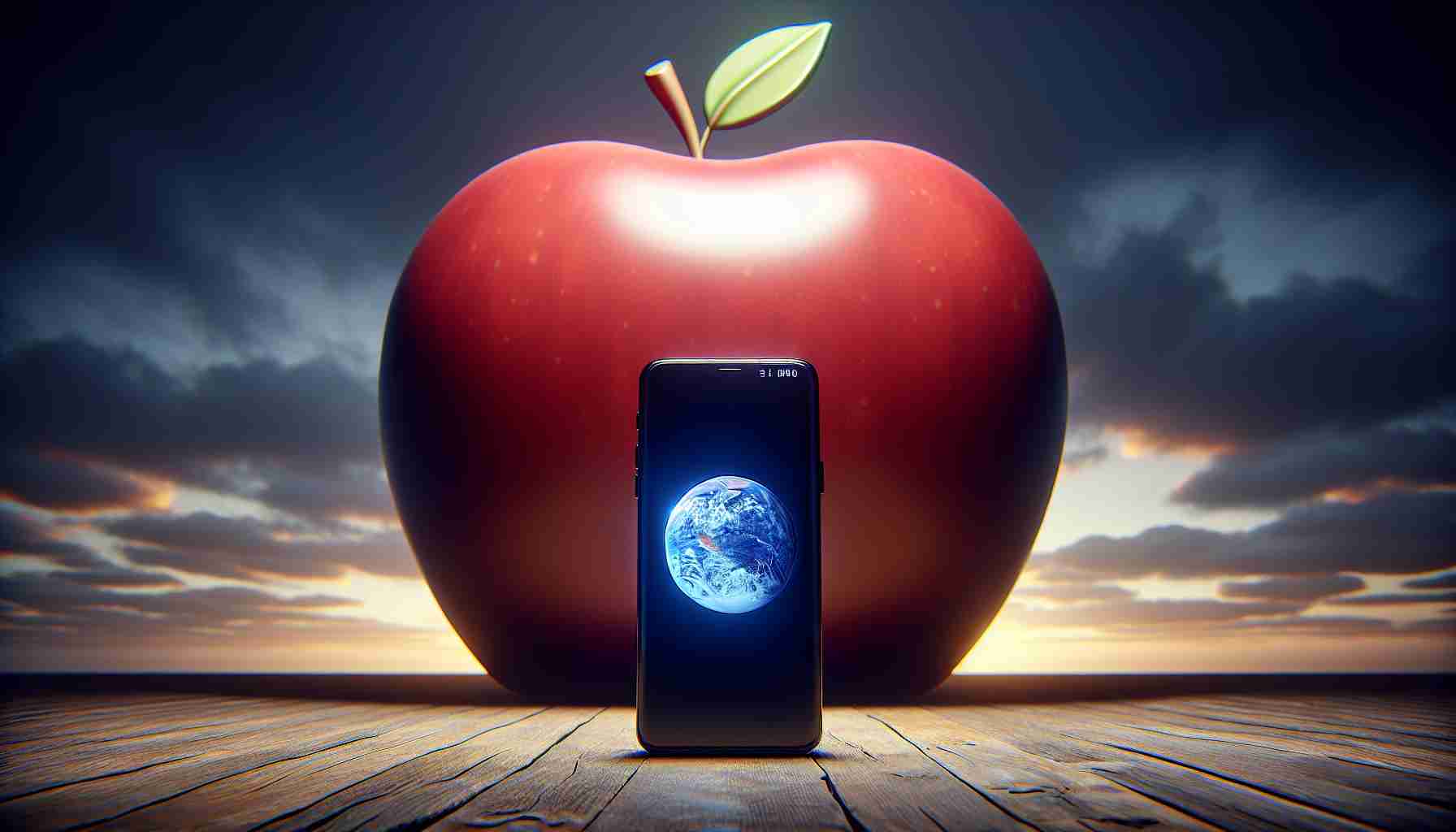Apple now leads the global smartphone market, overcoming Samsung in consumer preference for the first time in years. Stocklytics.com’s recent study reveals a significant shift in consumer behavior, with Apple iPhones now in the hands of over 35% of smartphone users, a 5% lead over Samsung’s user base.
The tight race between the tech behemoths, which began nearly a decade ago, has seen a new victor. Apple’s rise is not just a number game; it represents the company’s success in cementing its brand as a blend of luxury and intuitive technology.
A broad survey by Statista of smartphone users across 20 countries has disclosed that in 2023, the adoption of iPhones surged to 35.5%, up noticeably from 31.2% in 2022 and 26.9% in 2021. Samsung, experiencing a decline for three years straight, dipped below 30% in 2023. Huawei and Xiaomi, key players from China, faced their setback, capturing just 13% combined, a decrease from the previous year.
2023 marks an epoch for Apple not just in market control but in shipments as well. They distributed a record 235 million smartphones, overtaking Samsung by 8 million units. This accomplishment earned Apple the title of the top global smartphone seller of the year, a first since their rivalry commenced. Apple has impressively sold 2.3 billion iPhones over the past decade, with a 53% boost in annual shipments from 2013.
In contrast, even with 800 million more smartphones shipped in total over the last ten years, Samsung witnessed a steep 28% fall in annual shipments from 316.4 million in 2013 to 227 million the previous year, underscoring the shifting dynamics in the industry’s competitive landscape.
Factors Behind Apple’s Market Dominance
Apple’s surge to the top spot in smartphone market dominance is also attributed to various factors beyond just the numbers reported. Its ecosystem, with interconnected devices and services like the App Store, iCloud, and a seamless sync with MacBooks, iPads, and Apple Watches, has created a sticky customer base that appreciates the integrated user experience. Furthermore, the high resale value of iPhones and regular software updates that keep older models relevant tie users to the brand for longer periods.
Meanwhile, Samsung’s decline in the market shares might reflect challenges like stiff competition from other Android manufacturers, a fragmented Android ecosystem, and perhaps less brand loyalty compared to Apple. Though Samsung offers a range of devices from entry-level to premium, it sometimes struggles in the mid-range sector where companies like Xiaomi and Oppo offer competitive specs at lower prices.
Key Questions and Challenges
1. How will Samsung respond to this shift in market dominance?
To regain its footing, Samsung may need to innovate with new features, streamline its product offerings, or adjust pricing strategies. Strategic marketing and partnerships could also play a role in reclaiming its market share.
2. Can Apple maintain its lead over Samsung?
The challenge for Apple will be to continue innovating and retaining customer loyalty without becoming complacent. It will also need to adapt to changing market conditions and potentially diversify its manufacturing to mitigate risks like trade tensions and global supply chain issues.
3. How will this affect the wider smartphone ecosystem?
The battle between Apple and Samsung influences the entire smartphone ecosystem, from component suppliers to app developers. Shifts in dominance can lead to changes in industry standards and innovation trends.
Advantages and Disadvantages
Apple’s market dominance offers several advantages:
– Strong brand loyalty and a premium image.
– Consistent user experience across devices.
– High profit margins on hardware sales.
– Greater influence over the tech ecosystem and standards.
On the other hand, there are also disadvantages:
– Dependence on a single product line increases vulnerability to market shifts.
– The high price of products may limit market expansion in price-sensitive regions.
– Potential antitrust scrutiny due to dominance in certain markets.
For Samsung, advantages include a broad range of products that appeal to diverse markets and the ability to rapidly innovate and iterate on new technologies. However, disadvantages may include thinner profit margins compared to Apple and the challenge of distinguishing their products in a crowded Android marketplace.
To stay updated on industry news and market trends, interested readers can visit reputable tech news websites for insights and analyses. Reliable sources include:
– Bloomberg
– The Wall Street Journal
– Reuters
– For specific data and statistics on smartphone market shares and user behavior, Statista is a valuable resource.
In the fast-paced world of smartphone technology, consumer preferences can change rapidly, prompting companies to continuously innovate and adapt to maintain or enhance their market positions.
